Celebrate Earth Day With a Rainbow of Spectacular Photos
Nature’s palette is unparalleled
/https://tf-cmsv2-smithsonianmag-media.s3.amazonaws.com/filer/d0/98/d0981d5c-e252-499c-a052-42a3770d0460/42-76974245.jpg)
Mother Nature is the ultimate artist—Earth's most stunning sights range across an entire palette of color. And what better way to celebrate Earth Day than with a tribute to entire rainbow available right here on Earth? Here's a virtual trip through a selection of the spectacular views our planet has to offer...a destination for every color of the rainbow.
Lower Antelope Canyon (Page, Arizona)
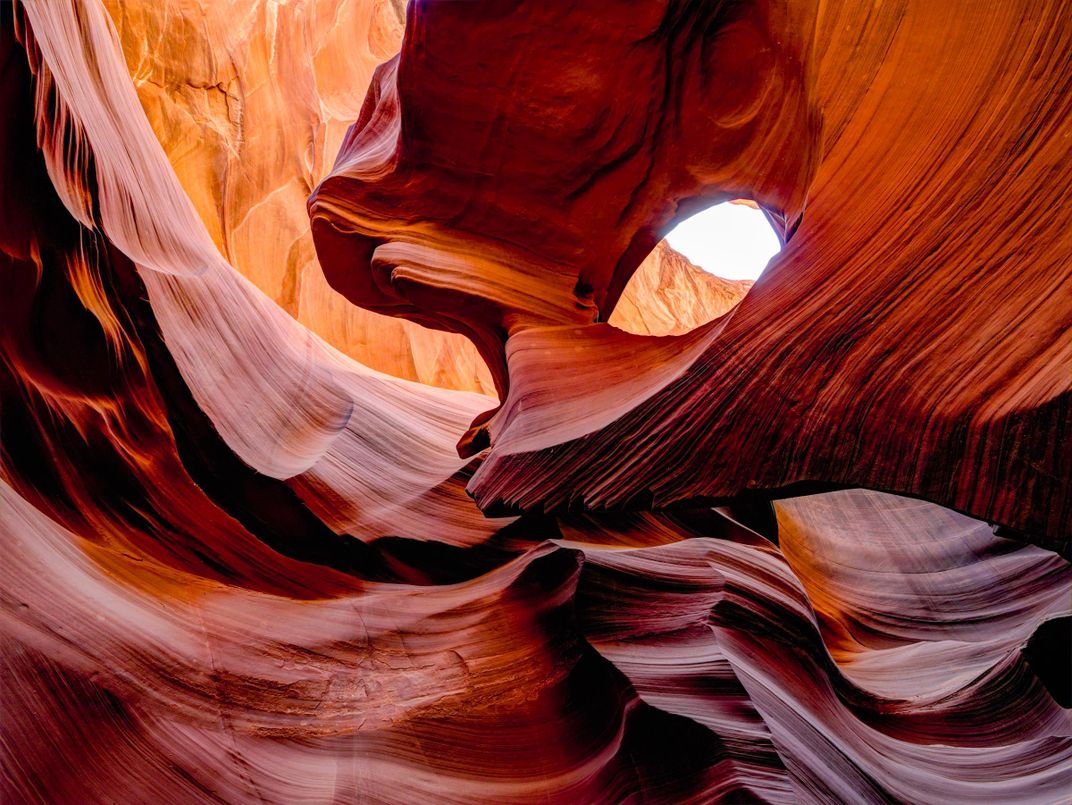
Located on Navajo land near Page, Arizona, Antelope Canyon—which is actually two canyons, upper and lower—is home to some of the most spectacular shades of red on planet Earth. The otherworldly views there are thanks to sandstone that eroded due to flash floods and rains over millions of years. Geological formations like Antelope Canyon are known as slot canyons, which are narrow, deep and difficult to climb. It offers a world of sweeping, sinuous rock that looks different with every passing hour. Lower Antelope Canyon is known as Hasdeztwazi, or "spiral rock arches," by the Navajo people.
Rub Al Khali Desert, Liwa Oasis (Abu Dhabi, United Arab Emirates)
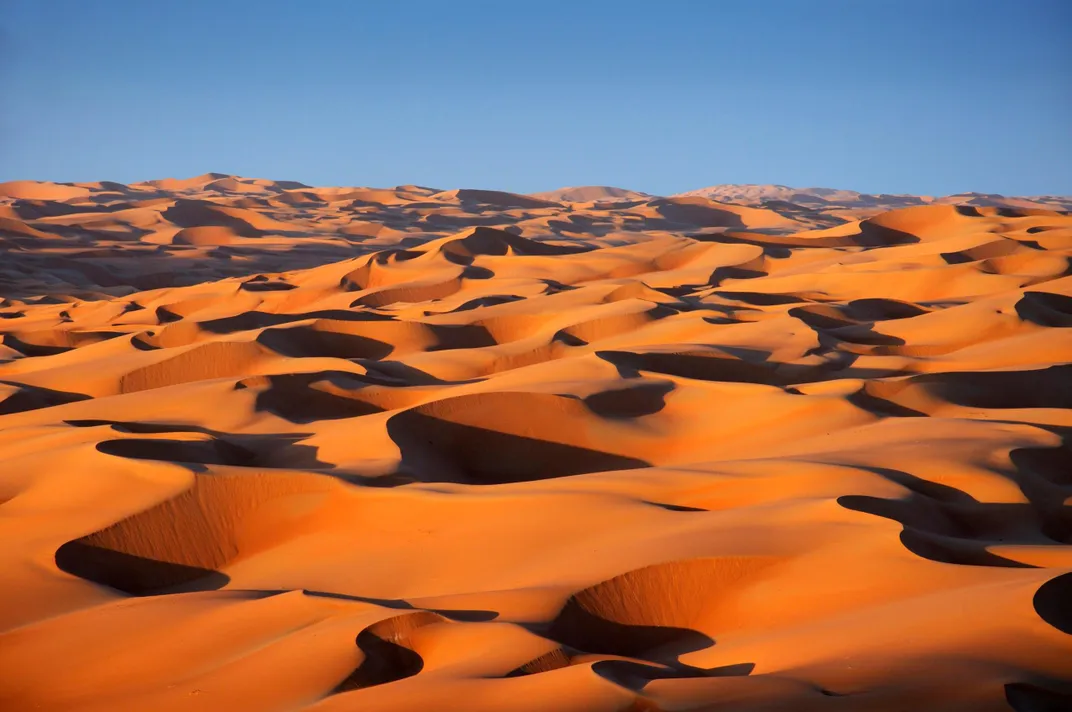
The world's largest sand desert is known as the "empty quarter." And orange sights abound in the Rub Al Khali desert, home to a sea of sand that extends over 255,000 square miles. The sand desert is so vast that many of its secrets still remain unexplored, and Westerners didn't even try to trek across its expanse until the 1930s. When they did, they found hot, seemingly endless dunes and surreal views. The area isn't all arid, though: It contains a series of oases like Liwa, where this gorgeous dunescape was captured.
Izu Peninsula (Izu, Japan)
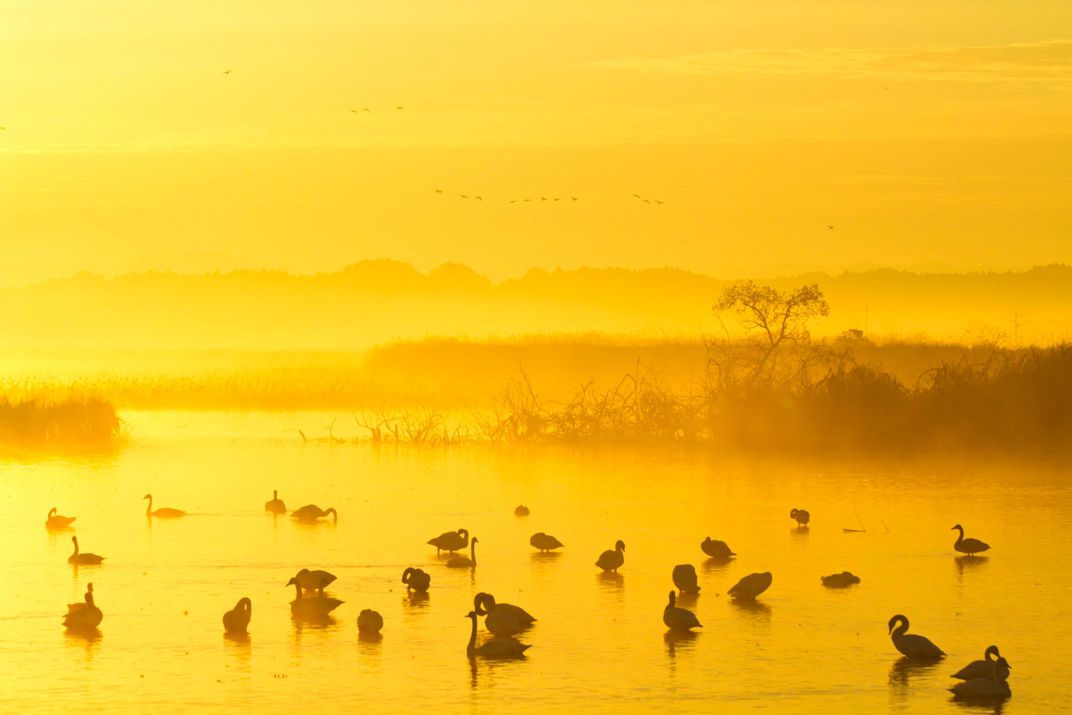
This photo's yellow hues come thanks to dawn over Japan's Izu Peninsula, the mountaneous, coastal area rich with geologic history and wildlife. Over time, the Izu Peninsula slowly morphed from a series of submarine volcanoes into a volcanic island. Geologists call it a "living peninsula"—the only place where they can see two island arcs collding—and geologic activity still occurs there to this day. Migratory birds stop over on the peninsula on their way to and from the nearby Izu Islands, which are home to 27 species of breeding land birds.
Northern Lights Over Jökulsárlón (Jökulsárlón, Iceland)
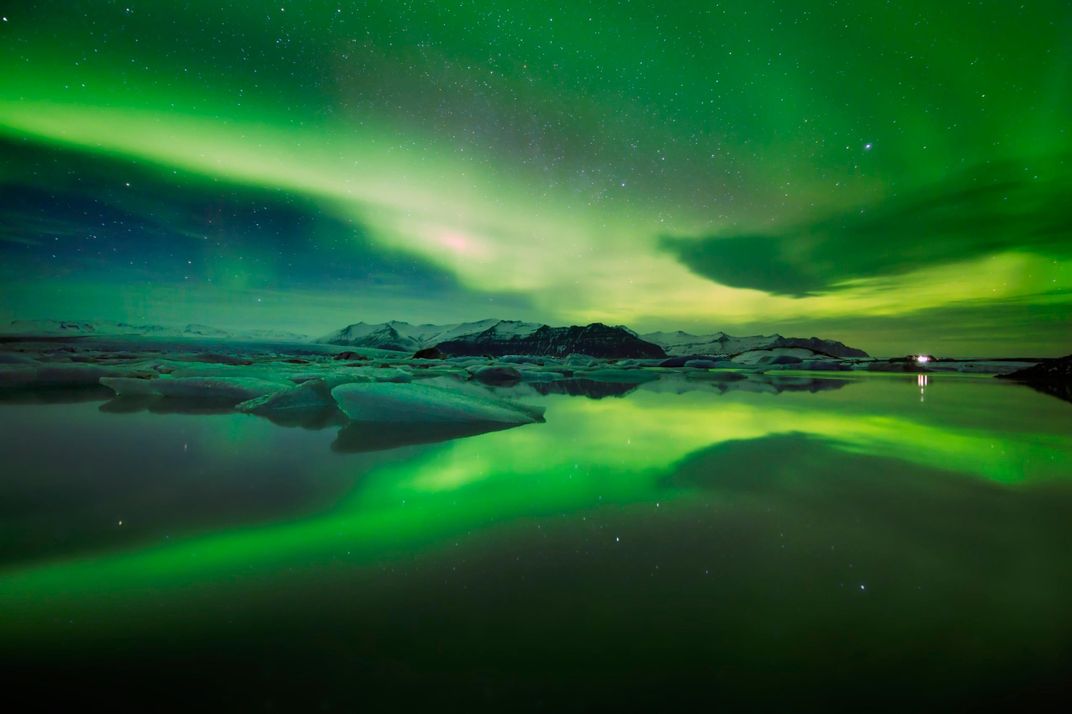
Thank the Aurora Borealis for the green lights you can spot in this photo. The phenomenon is one of Earth's most beautiful natural sights—a strange dance of color that occurs when electrons hit the highest reaches of Earth's atmosphere. They get energized and go down "auroral field lines," colliding with oxygen and nitrogen atoms, releasing light and putting on an incredible show. This aurora was spotted above Jökulsárlón, a glacial lagoon in southeast Iceland that's fed by the melting of Europe's largest glacier. The chilly Icelandic lake is a great place to commune with nature and soak in the spectacular sight.
Great Barrier Reef (North-east coast of Australia)
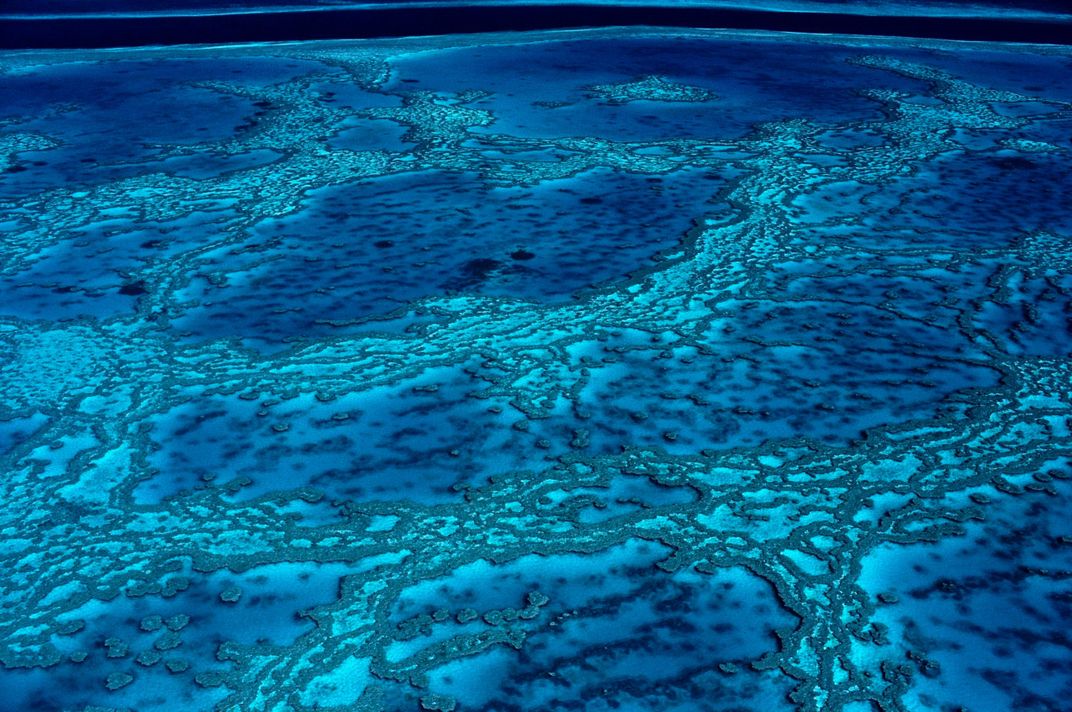
Blue equals water, and water equals life. There aren't many places on Earth that illustrate that fact better than the Great Barrier Reef, the world's largest collection of coral reefs. Home to thousands of species of fish, mollusc and coral, it's an ecosystem so brilliant—and so cherished—that it was the first reef to be declared an Unesco World Heritage site. But the beautiful reef is in trouble: It's in the midst of a massive bleaching event that experts estimate has affected 93 percent of the precious reef.
Ribeira de Janela (Madeira, Portugal)
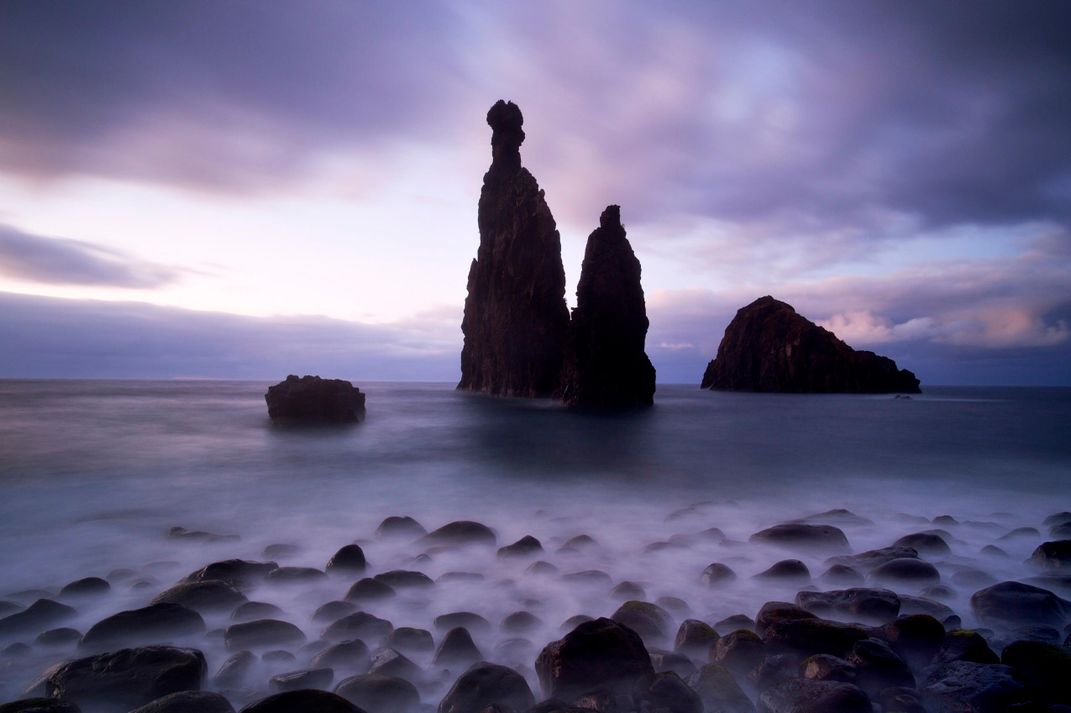
Is your mood indigo? Then it matches this seascape from Madeira, Portugal, perfectly. The volcanic rock formation in the picture is called Ilheus da Rib. You can't see it here, but the beach is surrounded by a forest filled with diverse life. The sparsely populated area has soaring mountains and stunning waterfalls.
Badwater Basin (Death Valley, California)
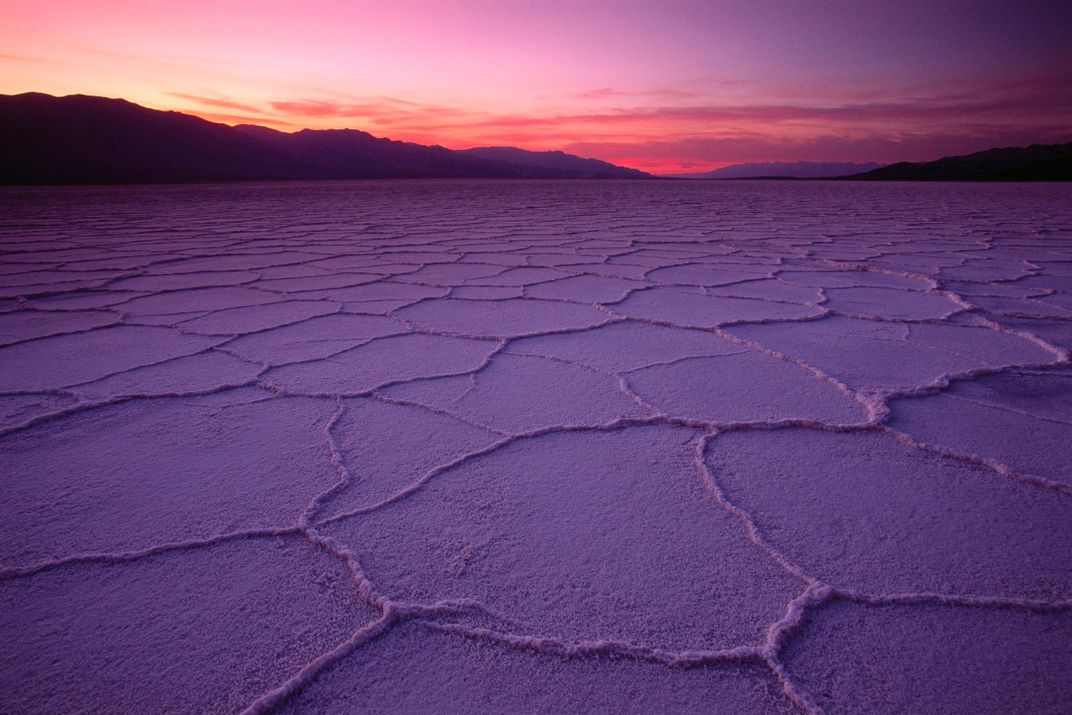
Your Earth Day rainbow tour ends, appropriately, at sunset—and what a sunset this is. The purple landscape you see here is a huge salt flat at Badwater Basin, a gigantic and barren place that covers nearly 200 square miles. The salt pan, as it's called, got its name from a saline lake that's been sucked dry over thousands of years, but still manages to sustain some life. Nearby, in the flats, is the lowest point in the United States of America—but a high point for anyone who's intrigued by the crystalline landscape at the bottom of the hottest place on Earth.
/https://tf-cmsv2-smithsonianmag-media.s3.amazonaws.com/accounts/headshot/erin.png)
/https://tf-cmsv2-smithsonianmag-media.s3.amazonaws.com/accounts/headshot/erin.png)